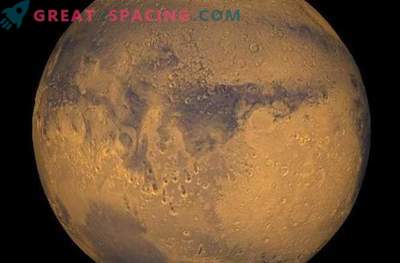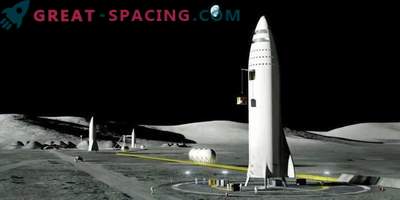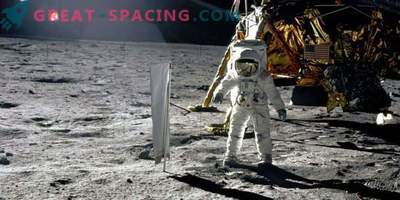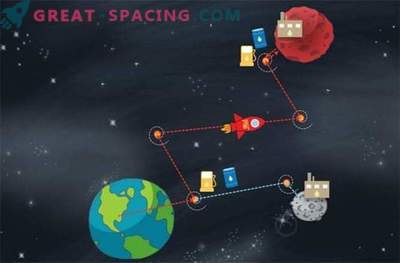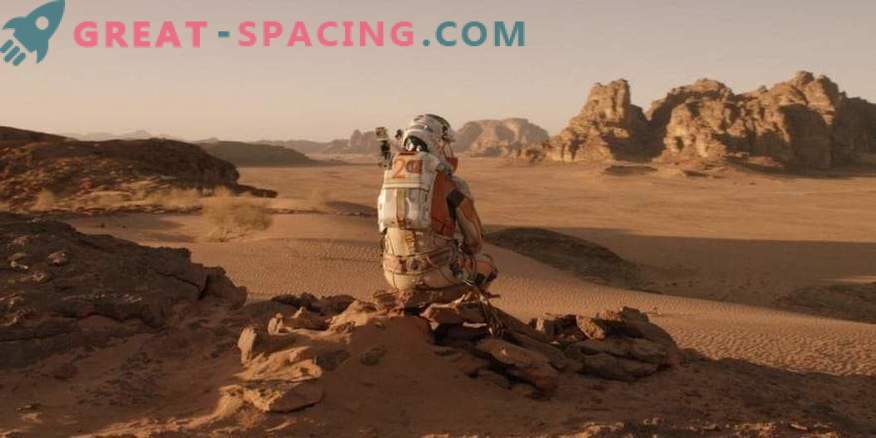
On September 24, NASA published a 21-page report that lists the agency’s plan to send people to the Moon and Mars, and also details the implementation of these ideas. The document should provide a comprehensive package of research, science, and other goals and objectives for the NASA space missions program leading to human missions near or on the surface of Mars in the 2030s.
It can be noted that the main focus is on plans to implement the Space Policy Directive 1, signed in December 2017 by President Donald Trump. It calls on NASA to bring people back to the moon for long-term study and use. Missions to Mars and the other worlds of our system will follow.
The National Space Exploration Campaign contains 5 strategic objectives: from moving low-Earth orbit activities to the private sector to return astronauts to the lunar surface and demonstrate technological capabilities there for future missions to Mars.
There are also details on how to achieve these goals. The report describes the development of a station in the cisunar space, as well as a series of lunar landing gears, starting with the payload. NASA plans to acquire commercial vehicles and deliver cargo to the Moon in the late 2020s. NASA insists that we are not just “going back to the moon”, but learning it. The Earth satellite will become an outpost and a convenient platform for testing technologies and assessing the health of astronauts before being sent to a more distant and dangerous Mars.
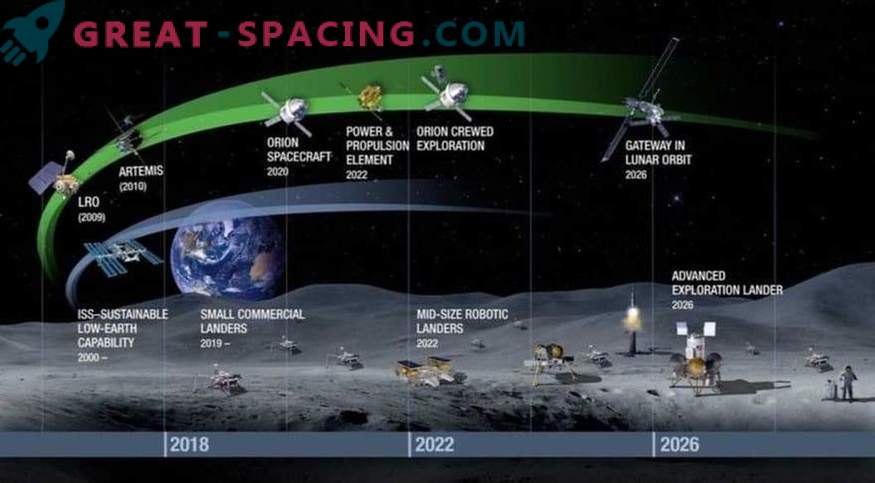
NASA's intelligence report includes this chart of planned future activities on the moon
Many details about the installation of the gateway and the landing gear are yet to be determined. The report says that NASA plans to connect international and commercial partners to develop the safest and most efficient descent system to the lunar surface. But no exact decisions and contracts are foreseen before 2019.
Now NASA is closely assessing the capabilities of various companies in the United States and other countries to determine who will best cope with the tasks. The report does not yet indicate the final expenses for space reconnaissance, the orbital lunar station and the landing apparatus.
The report also touches on the theme of the human Mars mission. However, there is too little information about future robotic or human flights to the Red Planet, except for the originally planned production and return of samples. Possible crew missions to Mars will begin only in the 2030s.
